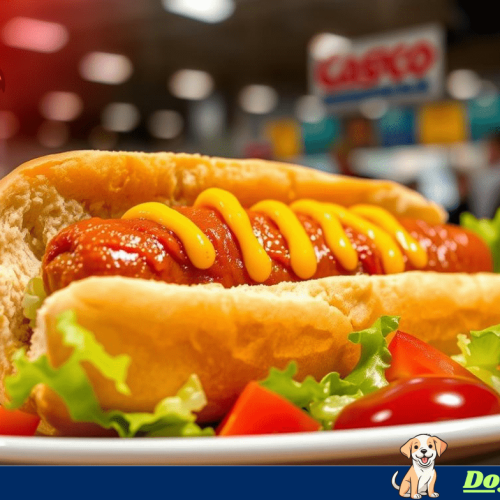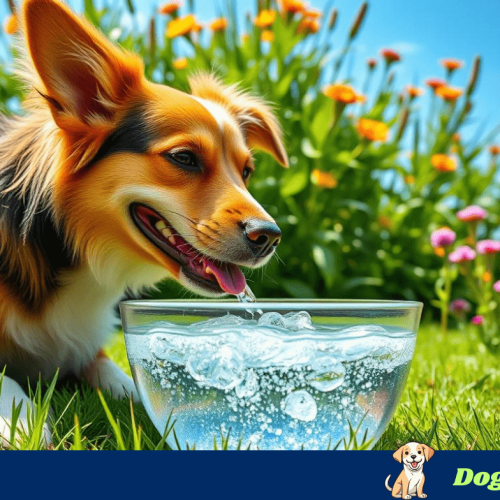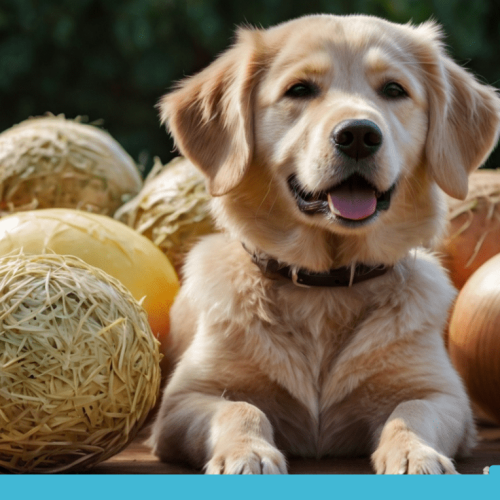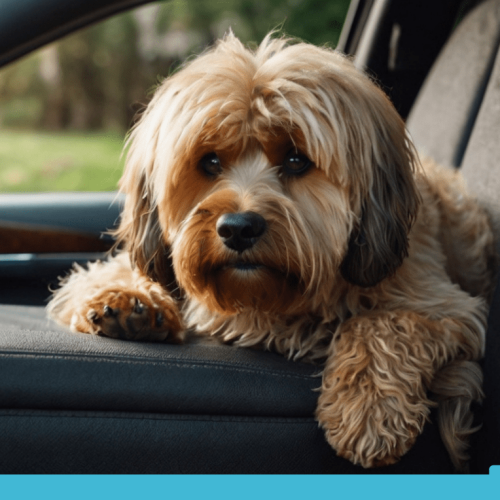Table of Contents
ToggleDog Breeds with Claws: A Comprehensive Guide
Double dew claws are a fascinating feature found in certain dog breeds, adding to their unique appearance and abilities. These extra digits, typically found on the hind legs, serve various functional purposes, such as providing better stability and traction. Breeds like the Anatolian Shepherd, Norwegian Lundehund, and Great Pyrenees are known for possessing this rare trait.
The presence of double dew claws is often tied to a dog’s genetics and historical utility. For example, the Great Pyrenees and Briard have been known to use these extra digits to navigate rough terrains and perform herding tasks more efficiently. This anatomical quirk highlights the evolutionary adaptations of these dog breeds.
To ensure your dog with double dew claws remains healthy and happy, extra grooming and care are necessary. Regular trimming and maintenance can prevent potential issues, ensuring that these unique traits continue to benefit your pet. Understanding and appreciating these canine features can enhance your bond with your dog.
Key Takeaways
- Double dewclaws provide stability and traction.
- Breeds like the Great Pyrenees and Norwegian Lundehund have this unique trait.
- Regular grooming is essential for maintaining double dew claws.
Anatomy and Genetics of Double Dew Claws

Double dew claws are additional toes found primarily on the hind legs of certain dog breeds. These claws present unique anatomical and genetic characteristics that influence a dog’s stability and agility.
Significance of Double Dew Claws
Double dewclaws act as extra digits, equipped with bone structures similar to other toes. Their positioning higher up on the leg helps certain breeds maintain balance and provides better traction on rough terrain. This is especially important for working breeds like the Great Pyrenees and the Beauceron, which frequently navigate uneven landscapes.
In some cases, these claws can prevent injuries by providing additional support. The extra “thumb” ensures that the dog’s weight is distributed more evenly during activities such as running and climbing. You might also be interested in learning about their role in achieving extra balance and steadiness.
Inheritance Patterns
Genetic factors control the appearance of double dew claws. This trait usually follows a Mendelian inheritance pattern, meaning it is passed down from parents to offspring. Knowing the genetics behind this trait can be helpful for breeders aiming to preserve it in specific dog lines.
Dog breeds like the Briard and the Icelandic Sheepdog often have double dew claws due to their genetic makeup. Each breed may have unique genetic combinations that are responsible for their distinctive double dew claws.
Understanding these patterns can help you build informed decisions about breeding and maintaining the health of double-dew-clawed dogs. Some breeds naturally inherit these extra toes, making it a defining feature.
Breeds with Double Dew Claws

Some dog breeds are known for having double dew claws, which can be found on their hind legs. These unique features may serve various purposes, such as providing extra stability for certain terrains or contributing to the breed’s historical functions.
Great Pyrenees
The Great Pyrenees is a majestic breed that originated in the Pyrenees mountains between France and Spain. This breed is renowned for its double dewclaws on the hind legs, which were historically vital for traversing rocky terrains.
The Great Pyrenees is known for its protective nature and was traditionally used as a livestock guardian. Its double dewclaws provide extra traction and stability, especially in snowy or uneven landscapes.
Additionally, this feature helps maintain balance while the dog performs its duties. Regular trimming of the extra claws is necessary to prevent injury or discomfort, making grooming an essential part of caring for this breed.
Briard
The Briard is a French herding breed with a long history of service, both as a working dog and a loyal companion. Known for its intelligence and agility, the Briard is distinguished by the presence of double dewclaws on its hind legs.
These extra digits enhance the dog’s ability to navigate rough and uneven terrain, making it an exceptional herder. The double dewclaws contribute to the Briard’s balance and stability, which are crucial for its work in the fields.
Proper care includes keeping the double dewclaws trimmed and clean to avoid potential health issues. The breed’s distinctive physical feature is not merely cosmetic but a functional part of its herding capabilities.
Norwegian Lundehund
The Norwegian Lundehund is a unique and rare breed from Norway. It was initially bred to hunt puffins on steep cliffs. One of its most distinctive features is the presence of double dewclaws on each hind leg and extra toes on the front legs.
These additional claws provide remarkable grip and flexibility, essential for navigating rocky and uneven cliff faces. The breed’s adaptability and physical characteristics are a testament to its specialized role in puffin hunting.
As with other breeds with double dewclaws, regular maintenance is crucial to prevent injury. The Lundehund’s unique anatomy requires careful attention to ensure the extra digits remain healthy and functional.
Anatolian Shepherd
The Anatolian Shepherd, also known as the Kangal, is a Turkish breed traditionally used as a livestock guardian. This powerful and independent breed is recognized for having double dewclaws on its hind legs.
These extra claws help provide stability and traction, especially when the dog navigates rugged terrain while protecting livestock. Double dewclaws are an inherited trait often seen in purebred individuals of this breed.
Careful grooming and regular checks are essential to prevent issues such as infections or injuries to the double dewclaws. The Anatolian Shepherd’s unique physical trait enhances its functionality as a guardian, showcasing its remarkable adaptability and strength.
Functional Importance
Double dewclaws play a crucial role in specific dog breeds, enhancing their navigation and stability abilities. These physical traits aren’t just aesthetic but serve essential functional purposes.
Terrain Navigation
For many breeds, double dew claws significantly aid in navigating rough terrains. Livestock guardian breeds like the Great Pyrenees and the Anatolian Shepherd often find these extra “toes” advantageous.
When moving through rocky, uneven, or snowy landscapes, the additional claws provide better traction. This added grip helps dogs maintain their balance, making it easier to maneuver through challenging environments.
As a result, these dogs can more efficiently perform tasks such as herding sheep or guarding livestock. Whether they’re scaling steep hills or traversing icy paths, double dew claws give them an edge in harsh conditions.
Stability and Grip
One of the most notable benefits of double dew claws is the enhanced stability and grip they offer. This feature is handy for dogs that engage in activities requiring firm footing and quick responses.
In breeds like the Norwegian Lundehund, these claws provide extra support, which is beneficial when climbing or running. They can dig into the ground more effectively, allowing the dog to anchor itself firmly.
This increased grip can be critical when wrestling or pinning down prey. The double claws act like another set of hands, giving these dogs unparalleled control in physically demanding scenarios.
Care and Grooming
Proper care and grooming of dogs with double dew claws help prevent potential health issues and maintain comfort for your furry friend. Key areas include nail trimming and identifying common problems.
Nail Trimming and Health
Trimming the nails of double dew claws is crucial to prevent them from becoming overgrown. Overgrown nails can cause discomfort, snag on objects, or even break, leading to pain and infection.
Use sharp, high-quality nail clippers to ensure a clean cut. It’s essential to avoid cutting too stop to the fast, as this can cause bleeding and pain. Trimming nails regularly, typically every 3-4 weeks, keeps them at a manageable length and avoids complications.
Visually inspect the claws during trims for signs of injury, inflammation, or infection. If you notice any abnormalities, expert your veterinarian. Ensuring the health of double dew claws is essential for preventing discomfort and potential medical issues.
Common Issues
Dogs with double dew claws may encounter specific issues such as ingrown nails, torn claws, and infections. Ingrown nails occur when the claws curl and grow into the skin, causing pain and potential diseases. Regular trimming can prevent this.
Torn claws are another common issue. Double dew claws are more prone to tearing if they get caught on objects like carpets or vegetation. Immediate attention to any tears can prevent infections and further complications.
Infections might develop around the base of the claw or in nail beds, sometimes noticed as redness, swelling, or discharge. If you notice these indication, seek veterinary care promptly. Taking these preventive measures helps ensure your dog’s double dew claws remain healthy and comfortable.
Frequently Asked Questions

Double dew claws are a unique feature in certain dog breeds, influencing their agility, balance, and grooming needs. This section addresses common questions regarding these additional toes.
What are the implications of double dew claws on hind legs for dog health?
Double dewclaws on hind legs can enhance a dog’s stability and traction. However, they might be more prone to injury and require regular maintenance to ensure they do not snag or become overgrown.
Which medium-sized dog breeds typically have double dew claws?
Breeds such as the Briard and Pyrenean Shepherd commonly exhibit double dew claws. These breeds are known for their agility and use the extra claws to assist in their typical activities.
Can double dew claws be an indicator of certain dog breeds’ lineage?
Yes, double dew claws can signify a breed’s lineage. For example, the Great Pyrenees have a history of double dew claws, pointing to its ancient working-dog heritage.
Is it common for small dog breeds to have double dew claws?
Small dog breeds are more familiar to possess double dew claws. This feature is primarily seen in larger or medium-sized breeds rather than smaller ones.
What is the purpose of a dewclaw on a dog?
Dewclaws function as additional support and balance, especially when dogs make sharp turns or navigate uneven terrain. They can act like a thumb, providing extra grip and stability.
How should one care for a dog’s double dew claws?
Regular trimming is essential to prevent the claws from becoming overgrown or causing injury. It’s important to check frequently for signs of damage or infection and consult a vet for proper grooming techniques.
Also Read : Dog Life Info











